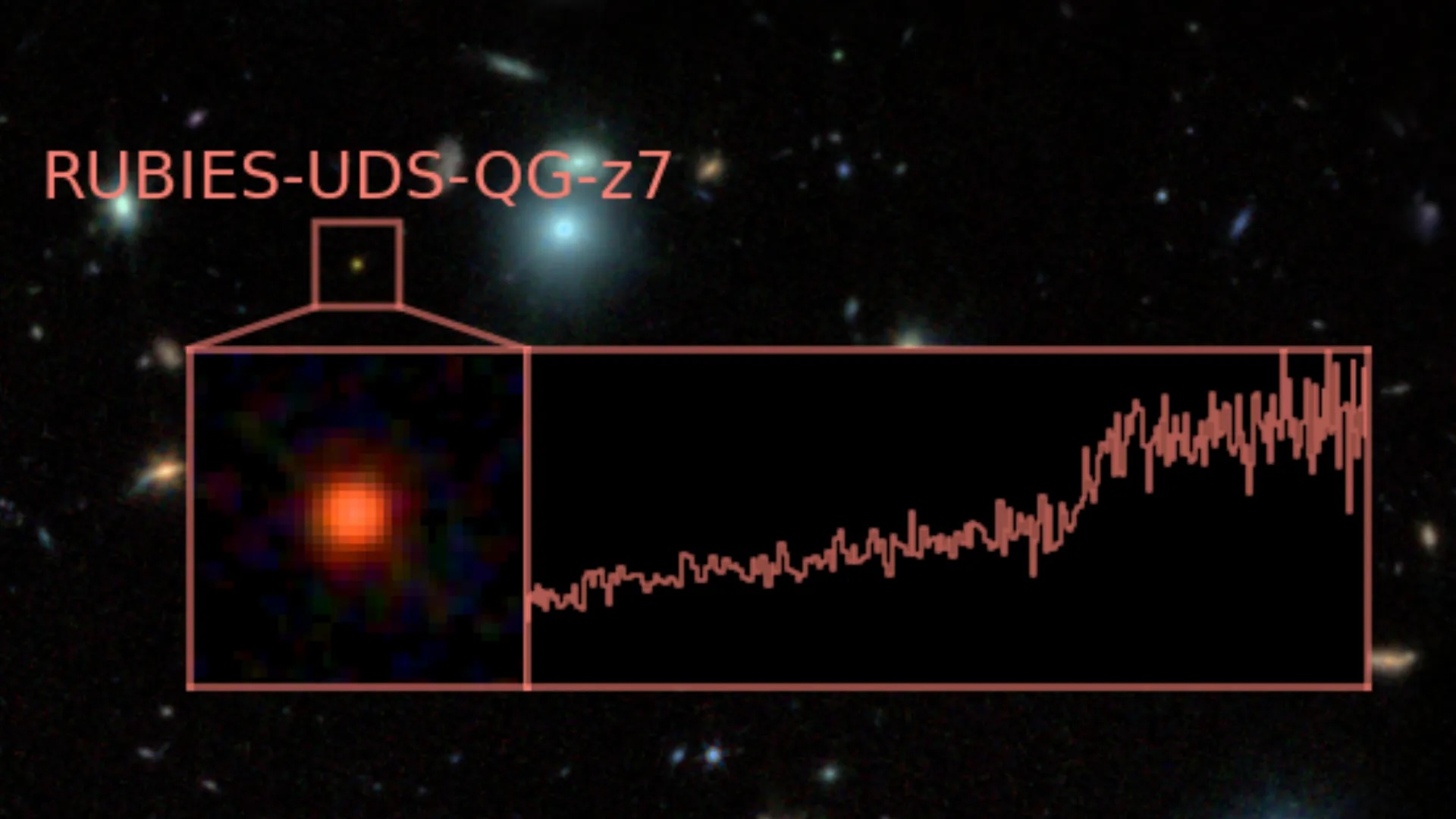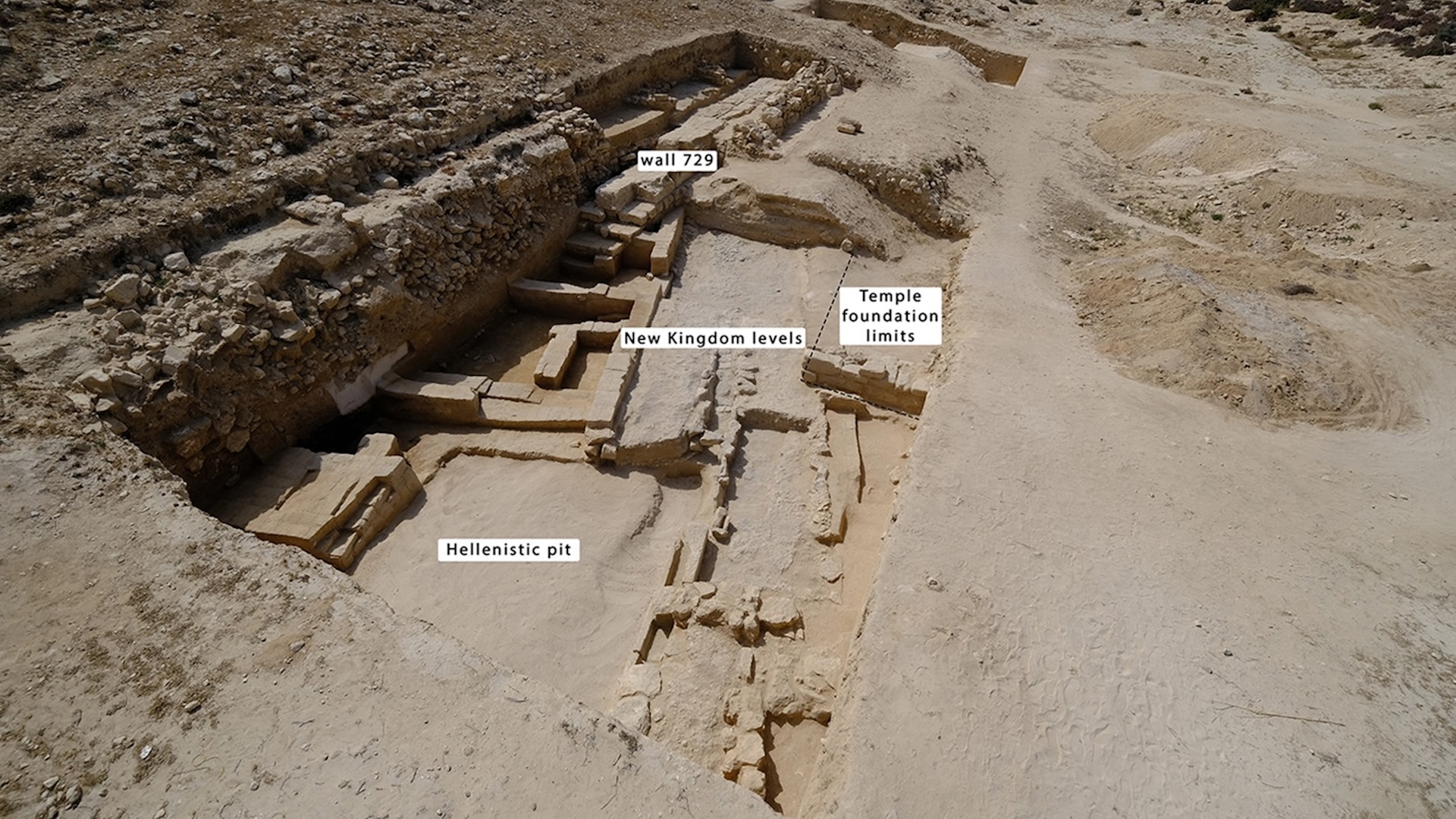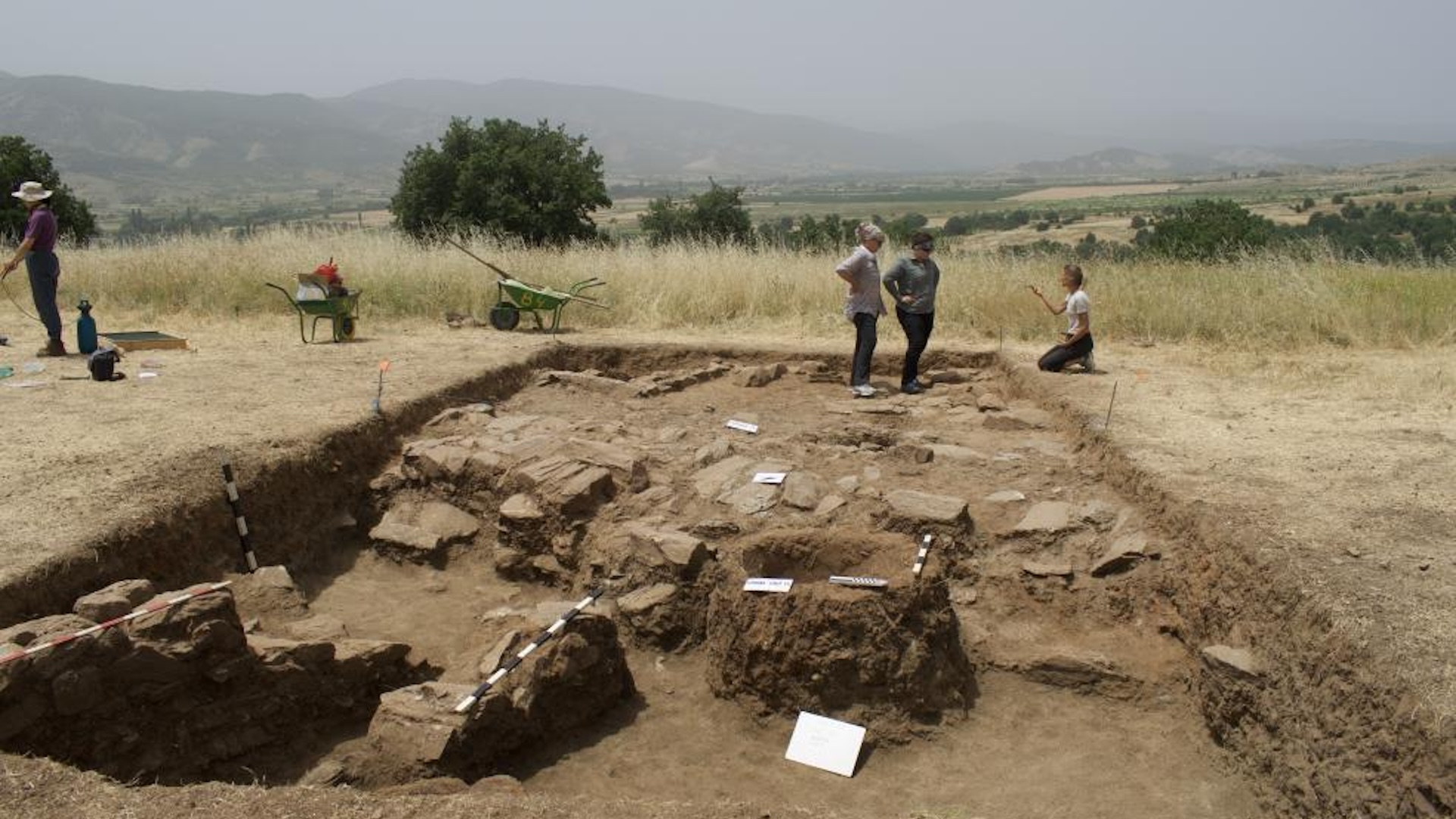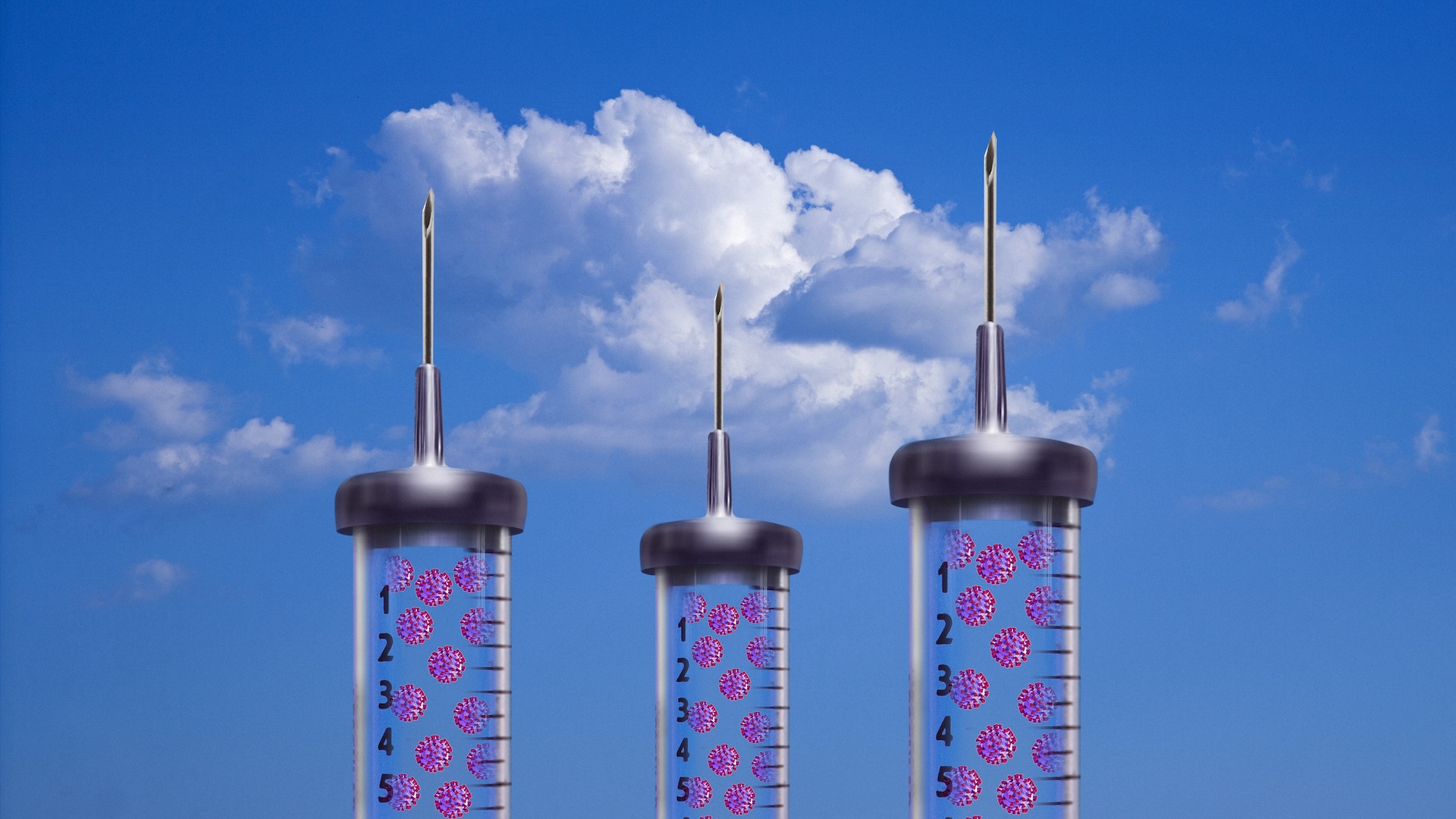La Niña is dead after just a few months. What happened?
The La Niña weather pattern ended last month as Pacific Ocean temperatures rose and the El Niño Southern Oscillation cycle entered a neutral state, according to the NOAA.

The long-awaited La Niña weather pattern has finished after just a few months, scientists just announced.
La Niña is the cold phase of the El Niño Southern Oscillation (ENSO) cycle, a natural climate pattern of atmospheric and sea temperature changes in the tropical Pacific Ocean, a region that stretches from Mexico to Peru. The latest La Niña was supposed to start last summer and was long overdue by the time it finally arrived in December.
A delayed start meant the La Niña didn't have time to gain strength before winter started. So, when the National Oceanic and Atmospheric Administration (NOAA) announced that the La Niña was officially underway on Jan. 9, researchers expected it to be shorter than usual. And that's proven to be the case.
NOAA's latest data revealed that the tropical Pacific warmed up again in March, so the La Niña is officially over. We're now in a neutral state in the ENSO cycle, which means there isn't an active El Niño or La Niña.
"After just a few months of La Niña conditions, the tropical Pacific is now ENSO-neutral, and forecasters expect neutral to continue through the Northern Hemisphere summer," Emily Becker, a research associate professor in the atmospheric sciences department at the University of Miami, wrote Thursday (April 10) in the NOAA ENSO blog.
Related: 'Major disruption' has caused Arctic polar vortex to slide off North Pole, scientists say
The ENSO cycle triggers a warm El Niño and then a cold La Niña every two to seven years on average, but they aren't always on time and the duration of each varies. The last El Niño lasted from May 2023 to March 2024 and contributed to record-breaking heat in those years.
Sign up for the Live Science daily newsletter now
Get the world’s most fascinating discoveries delivered straight to your inbox.
A La Niña event typically brings colder and wetter winters to the northern U.S. and Canada while the southern U.S. becomes warmer and drier, according to the NOAA. La Niña typically brings down global temperatures. However, global warming has meant that 2025 has continued the trend of record-breaking heat from previous years despite the La Niña.
Both El Niño and La Niña are marked by changes in the sea surface temperature in part of the east-central Pacific. A La Niña begins when temperatures fall more than 0.9 degrees Fahrenheit (0.5 degrees Celsius) below the long-term average temperature for the region, which first happened in December.
Researchers aren't certain why the latest La Niña was so delayed, but warmer-than-average ocean temperatures in 2024 might have played a role. The March data revealed that temperatures are now minus 0.018 F (minus 0.01 C) relative to the average, so well above the La Niña threshold and almost identical to the long-term average.
What happens next?
Researchers expect the tropical Pacific to remain ENSO-neutral through the summer and, more likely than not, through the fall as well, according to the NOAA ENSO blog.
ENSO-neutral doesn't mean that we'll have average or predictable weather going forward — there are plenty of other climate patterns having an effect. In fact, some land areas have a repeatable weather pattern during El Niño and La Niña events, so the weather is less predictable during ENSO-neutral, according to NOAA.

Patrick Pester is the trending news writer at Live Science. His work has appeared on other science websites, such as BBC Science Focus and Scientific American. Patrick retrained as a journalist after spending his early career working in zoos and wildlife conservation. He was awarded the Master's Excellence Scholarship to study at Cardiff University where he completed a master's degree in international journalism. He also has a second master's degree in biodiversity, evolution and conservation in action from Middlesex University London. When he isn't writing news, Patrick investigates the sale of human remains.
You must confirm your public display name before commenting
Please logout and then login again, you will then be prompted to enter your display name.










